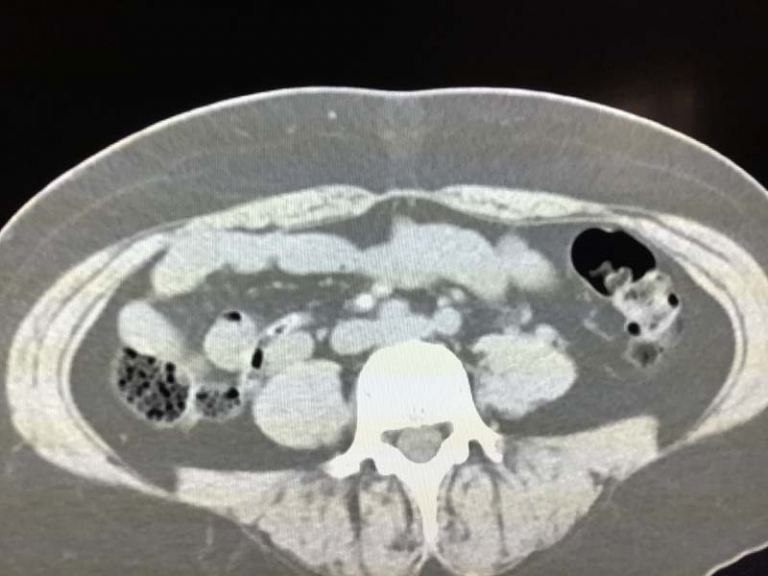What is SUV on PET Scan?
SUV on PET scan means standard uptake value. It is a simple way to determine how much activity or FDG uptake there is on a PET scan in the tissues. FDG is a radioactive sugar which is used for PET imaging. The FDG is distributed throughout the body based on how much uptake there is in the tissues.
What is SUV on PET scan?
Higher SUV values means there is more uptake in the tissues. This is reflected in the scan as a hotter or brighter area. The precise definition of SUV is a ratio of radioactivity concentration in tissue at a point in time divided by the injected dose of radioactivity per kilogram of the patients weight. Quite complicated but not crucial to remember for scan interpretation.
SUV can change over time because of imaging factors like image noise and how the SUV is measured by the user. The SUV gives us an idea of how hot or active the tissues are compared to the rest of the body. The higher the SUV, the more likely it is abnormal.
Some normal tissues like the brain, liver, and spleen have higher SUV values because they take up more FDG then the rest of the body. Higher SUV values can also be seen in cancers, inflamed, infected, and bruised tissues. The higher the SUV of an abnormality, the more likely it is cancerous.
Is there an SUV value which means cancer?
SUV values greater then 2.5 raise concern for cancer although inflamed or infected tissues can also be above 2.5. Cancerous tissues can also have SUVs less then 2.5. A higher SUV is more concerning for cancer. But it’s important to remember that a high SUV value does not give us a diagnosis of cancer or anything else by itself.
High SUV simply alerts us to a potential abnormality. The radiologist interpreting the scan will use all available information to arrive at the correct diagnosis. SUVs are also used to monitor cancer and how it is responding to treatment. We use SUVs to monitor for cancer recurrence. The higher the SUV, the more suspicious the abnormality for cancer recurrence.
Examples of how SUVs are used
An example would be a patient treated for a cancer of the lymph nodes called lymphoma. We may measure a lymph node in the abdomen before treatment and get an SUV of 9. After treatment the SUV of the lymph node may come down to 3 indicating a response to treatment.
Another example would be a liver metastasis from colon cancer. Before treatment, the SUV may be 10. After chemotherapy, the liver metastasis may go down to 2. We can also see if there are any new metastasis in the body.
Lung nodules are often evaluated with PET. PET helps us sort out the benign from cancerous nodules, although there is overlap on PET. A 1 cm nodule that has SUV of 5 becomes suspicious for cancer while one with SUV of 1.8 is less so. There are however false positives and false negatives for cancer.
SUV is therefore a quick and easy way to measure the activity of a tissue. We can use SUVs to monitor cancer treatment over time. SUVs can vary from scan to scan so it is important to keep that in mind when determining the appropriate treatment.
SUV alone does not tell us what the diagnosis is. There is no cut off for SUV value which means cancer or rules it out. SUV values have to be used with all available information to reach the appropriate diagnosis.

